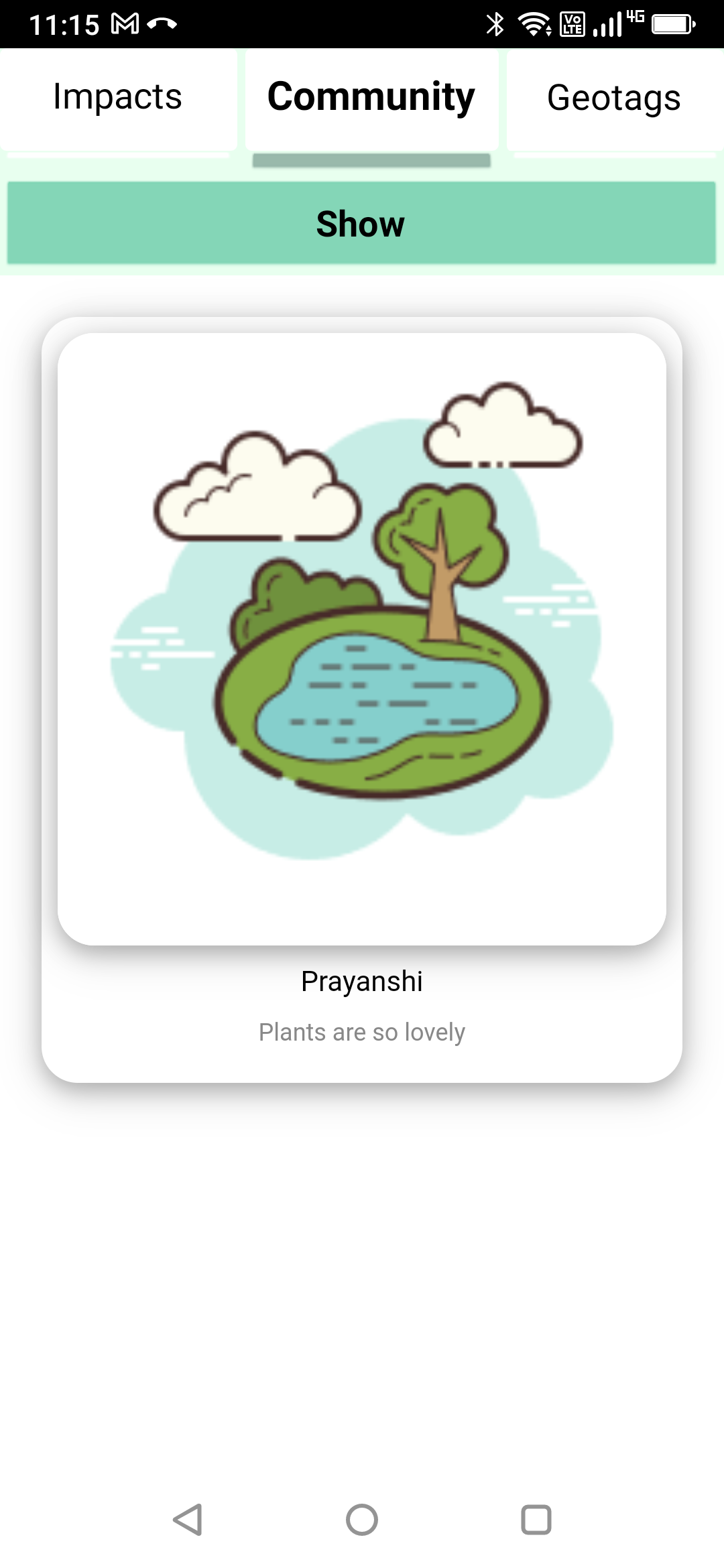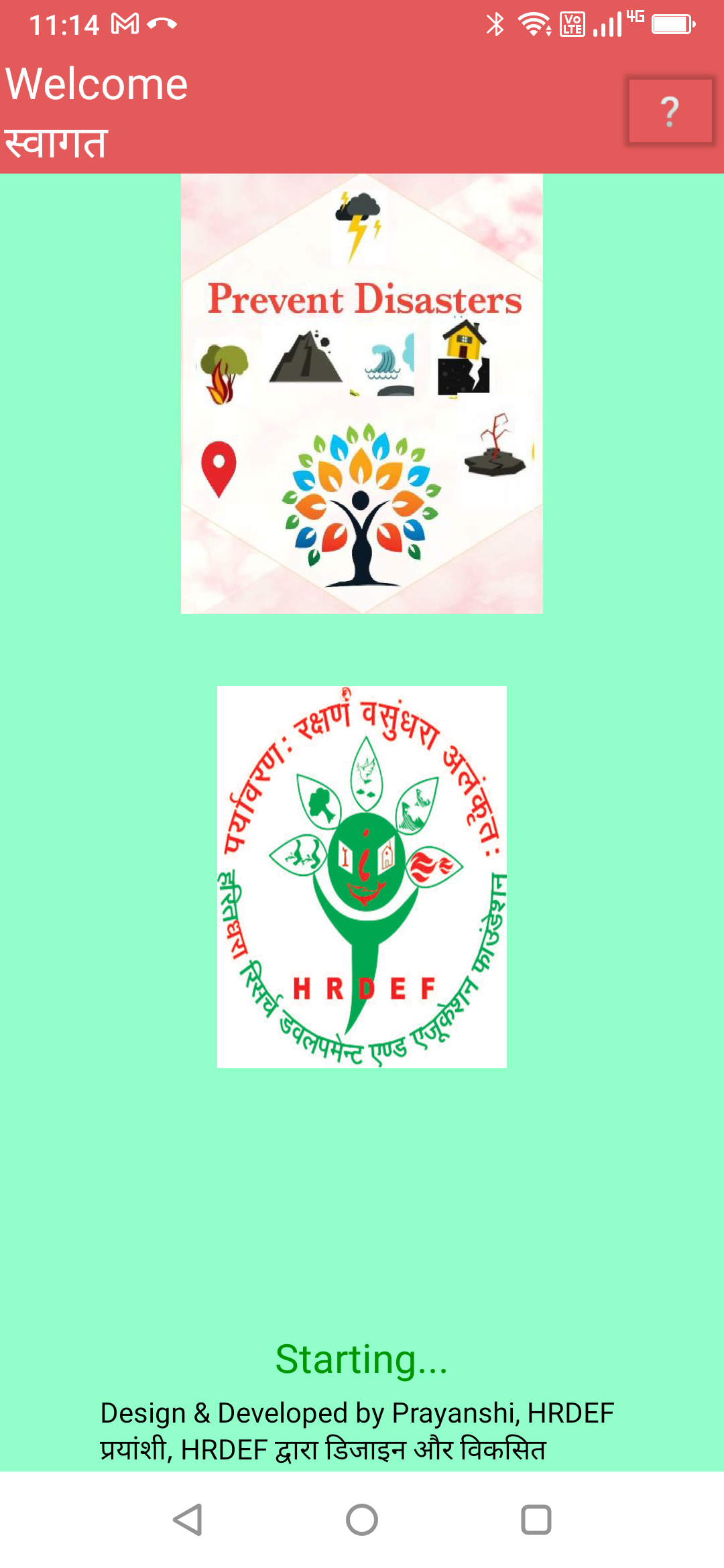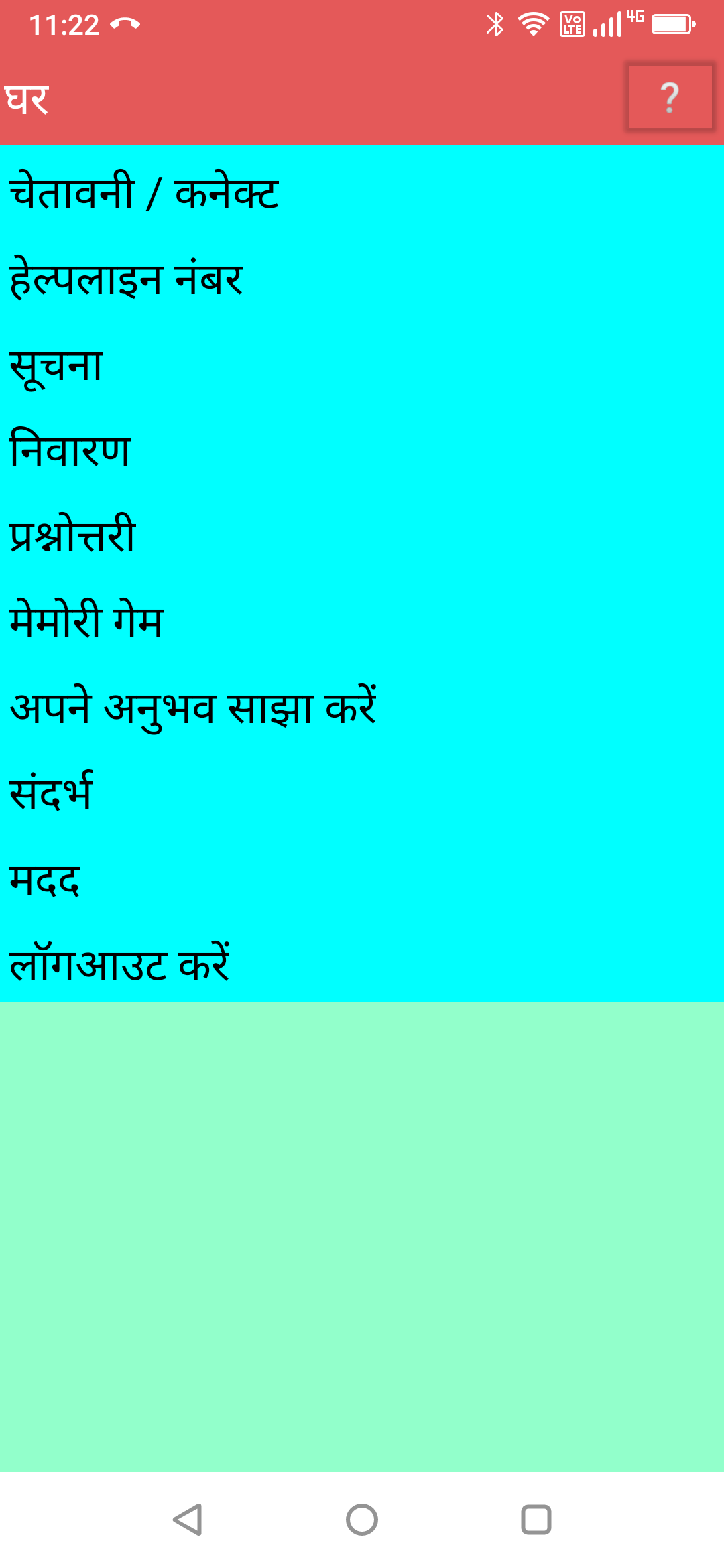Teacher Empowers STEM Changemakers in Rural India
“There is a gap between the traditional teaching process and real-life scenarios. We need practical, hands-on learning and games for better understanding of concepts.”
Anant demonstrating to a group of girls at an interactive session for mobile app development.
As a computer science teacher, Anant Bhaskar Garg sees his duty as more than just teaching things like algorithms and data structures. To him, these are merely tools for a larger end goal. His true measure of success is seeing his students become changemakers in their local communities. By that metric, he has exceeded expectations—his students have developed mobile apps to tackle air pollution, language barriers, and natural disasters, just to name a few. His journey to this point began when he was a student himself.
From Student to Teacher
Anant studied computer science as an undergraduate, saying he was drawn to the subject out of an interest in “developing new things, new technology, and applications.” Following a stint in industry working as a software developer, he returned to higher education to learn more about AI and human-computer interaction. After completing his Master’s degree, Anant transitioned from student to teacher, motivated by a desire to educate the next generation. He became involved in curriculum development, course instruction, and student development at a number of engineering institutions.
During his time as a teacher, Anant noticed a disconnect that bothered him. “There is a gap between the traditional teaching process and real-life scenarios. We need practical, hands-on learning and games for better understanding of concepts.” With the goal of bridging this gap, Anant founded a nonprofit in 2014 called HRDEF (HaritaDhara Research Development and Education Foundation). His hope was to provide higher quality education that prepared students for sustainable development.
The program began with just four students. It used games, hands-on activities, and projects to educate youth about climate change and environmental stewardship. As the program grew, the nonprofit looked to incorporate coding and app development. They discovered Technovation Girls, a global technology and entrepreneurship education program that encourages girls to create and use technology to address local issues. MIT App Inventor is the basis of Technovation Girls' mobile app curriculum. HRDEF formally joined Technovation and began to use App Inventor in 2018. Since then, Anant’s program has reached thousands of youth from ages eight to eighteen. This year alone, over 150 underrepresented girls participated in Technovation Girls.
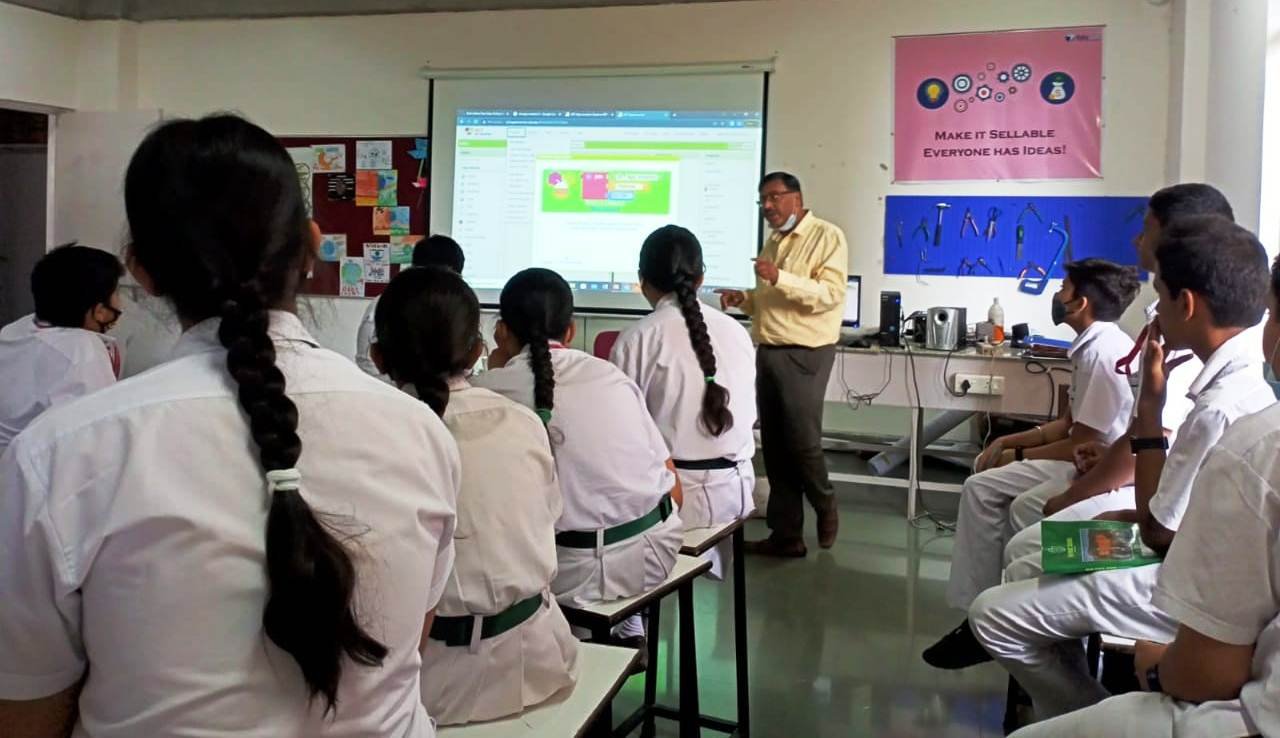
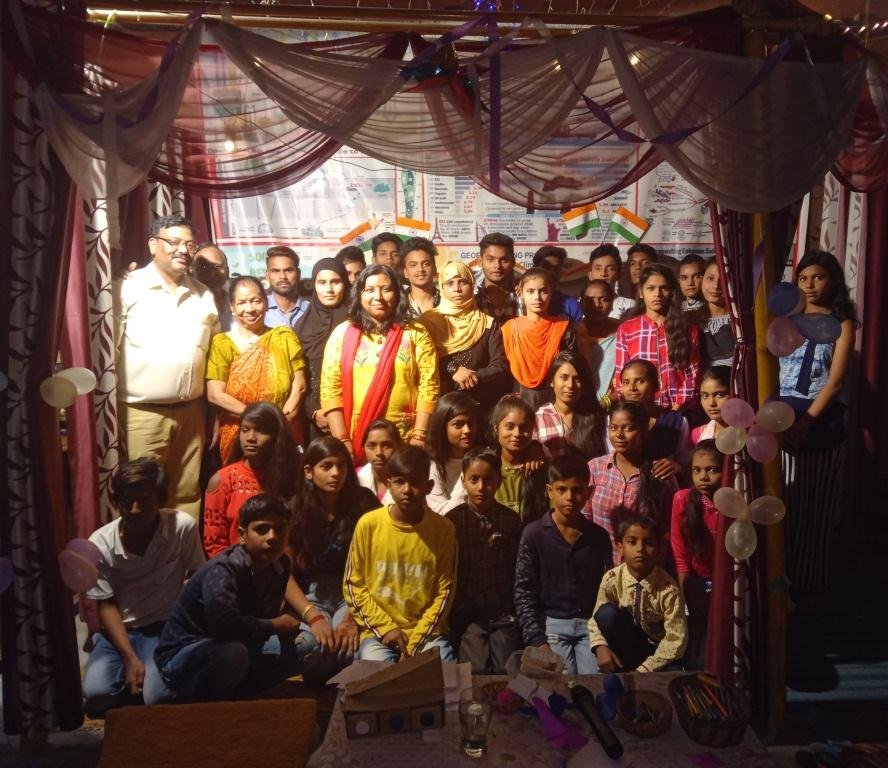
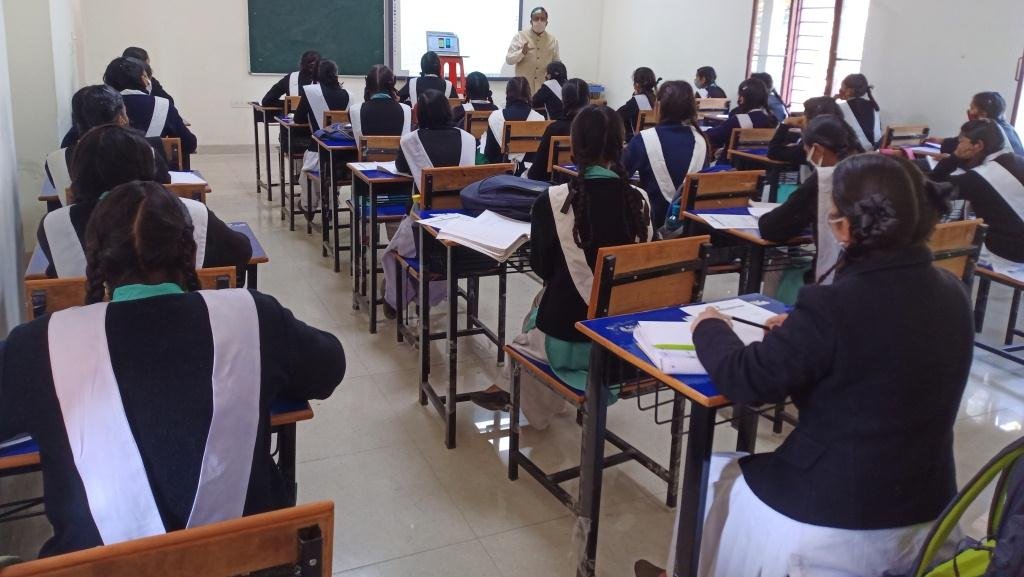
Local Problems, Local Solutions
When asked about the keys to his program’s success, Anant says that “constructionism, design thinking, and a maker approach help young learners using computing visual tools, so that they can be producers and change makers instead of being only consumers.” He strives to tie his lessons back to practical applications, incorporate hands-on learning tools, and encourage students to apply their knowledge to local problems.
“Constructionism, design thinking, and a maker approach help young learners using computing visual tools, so that they can be producers and change makers instead of being only consumers.”
For example, when Anant teaches algorithms to the girls, he uses tea-making steps as an analogy since it is a familiar process in their home lives. He has found App Inventor to be excellent for hands-on learning, since it allows students to immediately see what they are creating. The quick visual and functional feedback serves as a huge source of motivation for the students. The Technovation Girls Challenge has inspired his students to enact change in their local communities. Because they are developing mobile apps that can be used by their friends, family, and local community, they are more engaged and invested.
PlAnT ShInE
One such example is PlAnT ShInE, a mobile app developed by Anant’s students. It addresses the issue of poor air quality by encouraging members of the community to plant more trees. Some features of the app include locations of planted trees, a leaderboard, a plant journal, and educational information. This app was named a semifinalist in the 2022 Technovation Girls challenge.
Agreecultur
Another example is Agreecultur, which bridges the language barrier among farmers. By translating agricultural terms between English and Hindi, the app allows farmers to more easily communicate with one another.
Prevent Disasters
The last example is Prevent Disasters, a bilingual app that is a go-to destination for disaster preparation. In addition to providing critical helpline numbers and information on emergency kits, the app includes games to check your knowledge on relevant information.
With the help of App Inventor and Technovation Girls, Anant has developed a highly engaging, impactful, and successful program for teaching computer science. Not only does he teach his students the fundamentals of mobile app development, but he also inspires them to be agents of change in their local communities.


